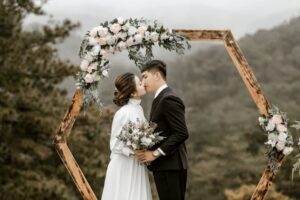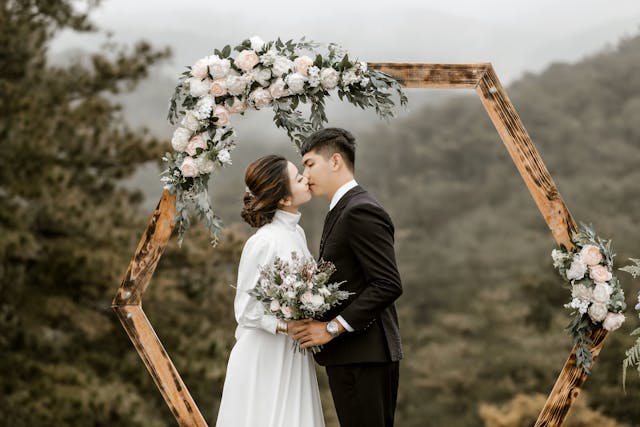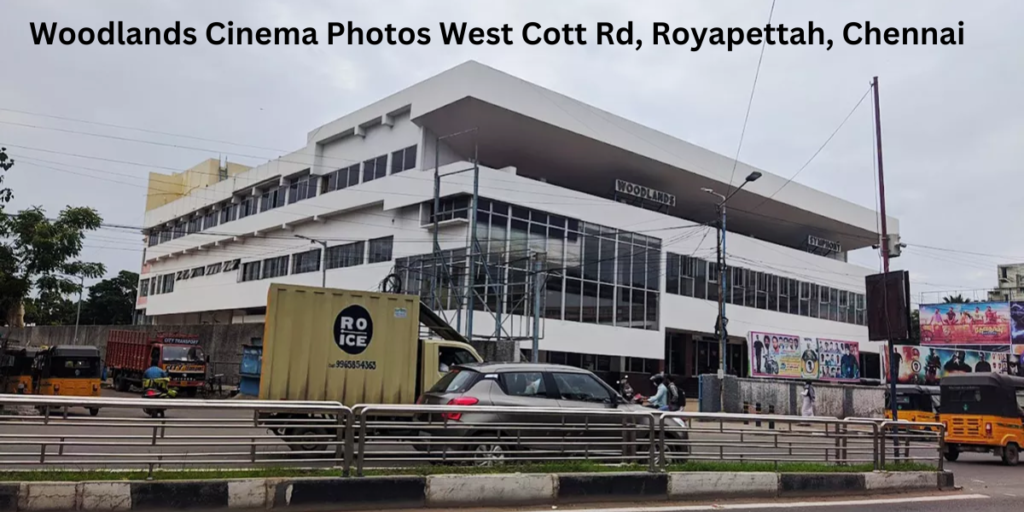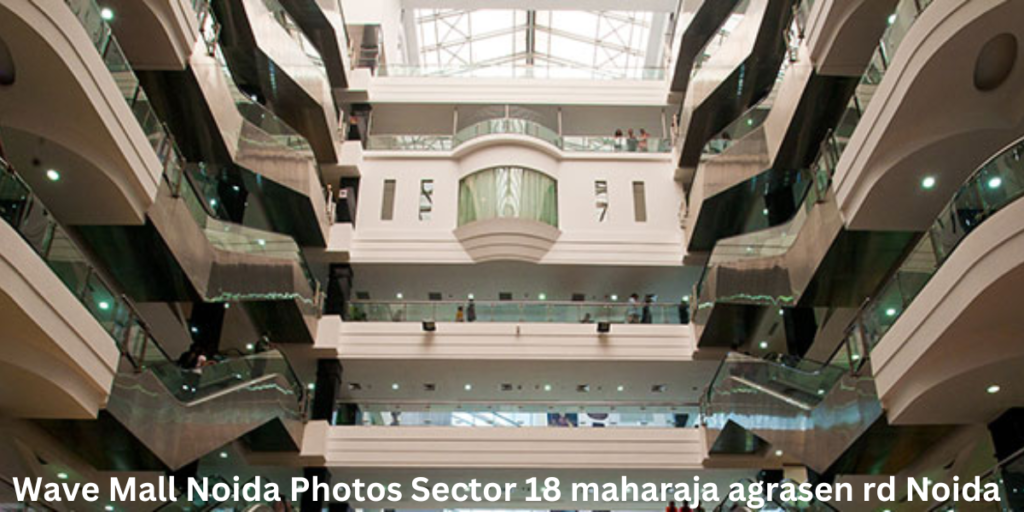Upholstery, the art of providing furniture with padding, springs, webbing, and fabric or leather covers, has evolved tremendously over the years. This evolution reflects not only advancements in material technology but also changes in aesthetic preferences and lifestyle needs. Whether you are revamping your living space or designing a new one, understanding the variety of materials, textures, and patterns available for upholstery dubai is essential.
Materials
Fabric
- Cotton: Renowned for its comfort, durability, and ease of cleaning, cotton is a popular choice for upholstery. It is available in a wide range of colors and patterns.
- Linen: With a smooth and soft texture, linen is highly breathable, making it ideal for warm climates. However, it wrinkles easily and requires careful maintenance.
- Wool: This natural fiber is warm, durable, and resistant to pilling and soiling. Wool is excellent for high-traffic areas and provides a cozy feel.
- Silk: Known for its luxurious look and feel, silk is delicate and best suited for formal settings with low usage.
- Polyester: A synthetic material that is durable, resistant to fading, and available in various finishes. It is often blended with other fibers to enhance its properties.
- Velvet: Offers a plush, rich texture and is available in both synthetic and natural fibers. Velvet exudes luxury but can be challenging to clean.
Leather
- Full-Grain Leather: The highest quality of leather, it is durable and develops a beautiful patina over time. It is an excellent choice for a sophisticated, timeless look.
- Top-Grain Leather: Slightly less expensive than full-grain, top-grain leather is sanded and treated to remove imperfections, offering a smooth and uniform appearance.
- Split Leather: Made from the lower layer of the hide, split leather is less durable and often used in areas that do not require high durability.
- Faux Leather: A synthetic alternative to genuine leather, it is cost-effective, easy to clean, and available in various colors and textures.
Textures
Smooth
Smooth textures, like those found in certain leathers and tightly woven fabrics, create a sleek and modern look. They are easy to clean and maintain but can show scratches and wear more readily.
Nubby
Fabrics with a nubby texture, such as boucle, have a looped or knotted surface. They add visual interest and depth, creating a cozy and inviting atmosphere.
Plush
Plush textures, such as velvet, offer a luxurious and soft feel. They are ideal for creating a sumptuous and comfortable seating area but may require more maintenance to keep them looking pristine.
Textured Weave
Textured weaves, including linen and wool blends, provide a tactile element to upholstery. They can hide wear and stains better than smooth fabrics, making them suitable for high-traffic areas.
Patterns
Solid Colors
Solid-colored upholstery provides a clean and versatile look. It can serve as a neutral backdrop or a bold statement piece, depending on the color choice. Solids are easy to accessorize with patterned cushions and throws.
Stripes
Striped patterns can elongate or widen a piece of furniture, depending on the direction of the stripes. They add a classic and timeless appeal to the décor.
Geometric Patterns
Geometric patterns, including chevrons, hexagons, and diamonds, offer a contemporary and dynamic look. They can inject energy and movement into a space.
Floral and Botanical
Floral and botanical patterns bring a touch of nature indoors. They can range from delicate and traditional to bold and modern, depending on the scale and color palette.
Abstract
Abstract patterns provide a unique and artistic flair. They can be used to create a focal point or add an element of surprise to the décor.








